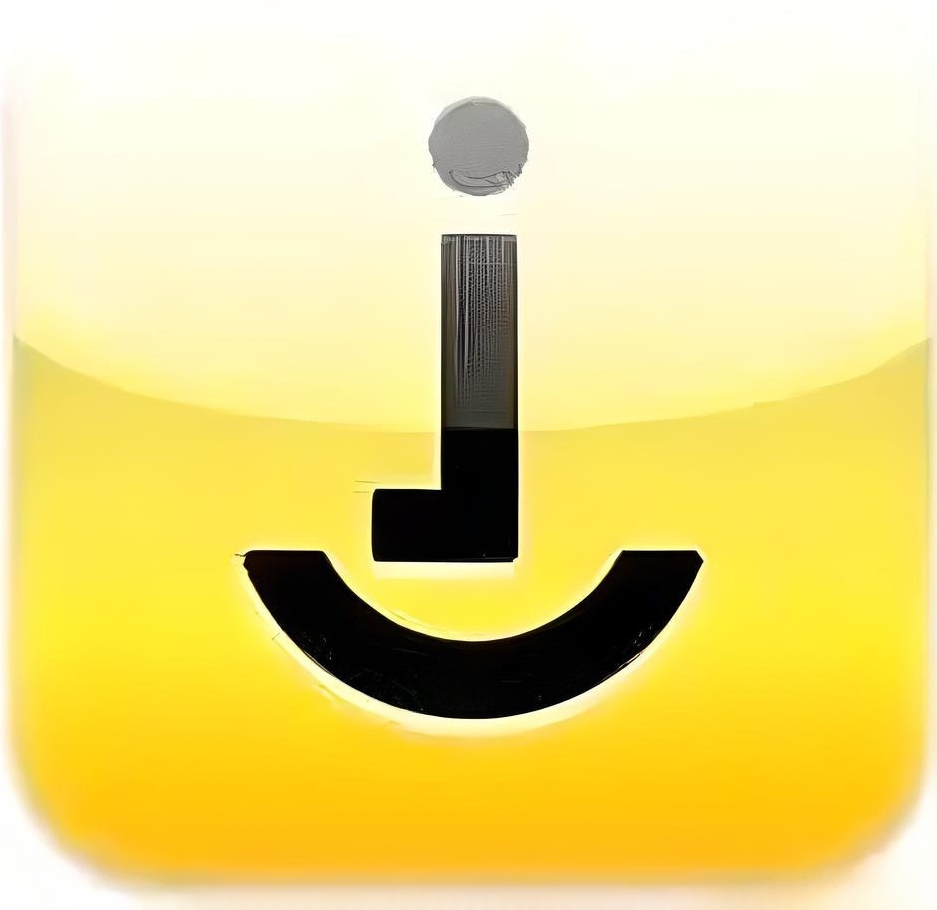In today’s fast-evolving digital world, educational software—known as “educatieve software” in Dutch—has become a central element in modern learning environments. From primary schools to universities and even in corporate training, these digital tools support both students and educators in making the learning process more effective, interactive, and engaging. But what exactly is educational software, and why has it become so crucial? In this article, we delve into the definition, scope, key components, and the importance of educational software for anyone interested in harnessing its full potential.
Understanding Educational Software: Definition and Scope
Educational software refers to computer programs and applications specifically designed to facilitate learning and teaching. These tools range from simple drill-and-practice games for young learners to sophisticated simulation programs used in higher education and professional training. The scope of educational software is vast, encompassing subjects like mathematics, languages, science, arts, and even social-emotional learning. As technology continues to advance, the definition of educational software also evolves, including web-based platforms, mobile apps, and even virtual reality experiences.
One of the defining characteristics of educational software is its adaptability to various learning contexts. It can be used in traditional classroom settings, for distance learning, or as supplementary material at home. For instance, language learning apps like Duolingo or interactive math platforms like Khan Academy have become household names, supporting millions of learners worldwide. The versatility of educational software ensures that it can cater to different learning styles and needs, making education more accessible for everyone.
Furthermore, educational software is not limited to formal education alone. Many organizations use these digital tools for staff training, skill development, and even onboarding processes. Whether you are a teacher looking to enhance classroom engagement or a business leader aiming to upskill your workforce, educational software provides scalable and flexible solutions tailored to diverse educational objectives.
Key Components and Importance of Educational Software
At the heart of effective educational software lies several key components. Interactivity is perhaps the most significant, allowing learners to actively participate rather than passively consume information. Features like quizzes, interactive simulations, progress tracking, and adaptive learning paths personalize the experience, keeping users motivated and engaged. High-quality educational software also incorporates multimedia elements—such as videos, audio, animations, and infographics—to cater to different learning preferences and make complex topics more understandable.
Accessibility and usability are other critical components. A user-friendly interface ensures that both teachers and students can easily navigate the software, reducing barriers to adoption. Many modern educational applications are cloud-based, enabling access from multiple devices and locations, which is essential for remote learning and collaborative projects. Some platforms even offer multilingual support, ensuring inclusivity for a global audience. Additionally, data analytics within educational software provides valuable insights into individual and group performance, helping educators tailor their instruction and interventions more effectively.
The importance of educational software in the current educational landscape cannot be overstated. It bridges gaps in traditional teaching methods, offers instant feedback, and enables differentiated instruction. Moreover, it prepares learners for the digital future by equipping them with essential 21st-century skills such as critical thinking, problem-solving, digital literacy, and self-directed learning. For educational institutions and businesses alike, investing in high-quality educational software is not just a trend but a necessity to stay relevant and effective in today’s knowledge-driven society.
Educational software, or educatieve software, is more than just a collection of digital tools; it represents a transformative approach to learning and teaching. By understanding its definition, key components, and significance, educators, students, and organizations can make informed choices about integrating these solutions into their educational strategies. As technology continues to advance, the role of educational software will only grow, making it an indispensable asset in unlocking human potential across all ages and disciplines.


